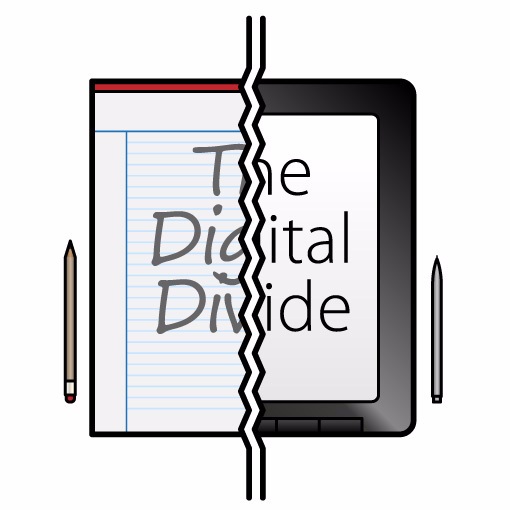“Think globally, act locally” isn’t just for recycling
For many Americans, the holidays mean traveling great distances to spend the season with loved ones, which itself means interacting to some degree with the travel, ecommerce, and mobile technology industries.
Healthcare aims to emulate each of these industries in its quest to become more consumer-centric. After all, who doesn’t appreciate the flexibility and ease of use associated with electronic processes such as booking faraway hotel rooms, buying gifts and shipping them to a second address, and checking into flights?
Many people, it turns out.
Earlier this month, I accompanied my parents to the Midwest for my uncle’s memorial services. As with all trips involving my parents – whether I come or not – I electronically booked the flight, hotel, and rental car. I checked us in for our flights, and after my mother spends additional time with her sister, I’ll check her in for her flight home from my desk at work, 1,000 miles away.
Logistical planning notwithstanding, these actions took me a matter of minutes. My parents, on the other hand, would have needed crash courses in general Internet use, online comparison shopping, credit card data safety, mobile app awareness, and calendar reminders – along with other tasks that I can’t put into words because they are already second nature to me. (Like the CTRL+F keyboard shortcut that 90% of Americans don’t know how to use.)

Source: OECD via LifeHacker
The digital divide in the United States is nothing new. The Pew Research Center began studying the topic in 2000, mere months after I first connected to high-speed Internet in my college dorm. The proliferation of mobile tech, Internet of Things (IoT) devices, and social media, combined with a chronic inability to provide “last-mile” broadband connectivity to rural areas, only exacerbates the divide between those with the means and the know-how to access tech and those without. (Nor does it help that the digital divide, coupled with a lack of federal regulation, has created an accessibility gap that leaves people with disabilities at a further disadvantage.)
Healthcare’s challenge is twofold, as it must bridge the health literacy gap at the same time that it addresses the digital divide. These gaps are seldom mutually exclusive, a recent University of Texas at Austin study found: Low health literacy is associated with lower usage rates for consumer health tech such as fitness and nutrition apps and wearable devices.
To borrow a phrase from the environmental movement, any healthcare stakeholders that touch consumer health technology must think globally about health literacy and the digital divide – problems that require concerted cooperation to solve – but also act locally to make a meaningful difference for their constituent patients, members, employees, customers, or beneficiaries.
Healthcare must bridge the health literacy gap at the same time that it addresses the digital divide – and these gaps are seldom mutually exclusive.
Here are a few suggestions.
- Building on the principles of the international Project Literacy project, treat digital health tech as an entry point. Provide so that patients develop skills to manage their health. Complexity of information or usability will only create a barrier to entry.
- Take a proactive approach. Assess users’ abilities and tailor interventions as well as education efforts accordingly. Let consumers choose from basic, intermediate, and advanced tiers for absorbing multimedia educational material. Explain any technology – portal, wearable, or otherwise – before sending people on their way. Reach out after deployment to solicit feedback – don’t wait for people to come to you with problems that demotivate them.
- Design for people at their worst. Understanding that people interact with the healthcare system at times of need, when complication only leads to stress, make systems as simple as possible. At the very least, make a simpler option available. (Text4Baby has an app but has kept its bread-and-butter SMS service, for example.)
- Embrace interactive voice response (IVR) technology and AI-driven virtual assistants to accommodate patients who cannot read, write, see, or use a touchscreen. Again, take the time to explain how this technology works – to a surrogate if necessary – and be explicit about how it collects, stores, and uses information.
- Don’t use tech just for the sake of using tech. A recent study indicated that people with higher Fitbit step counts during inpatient recovery were less likely to be readmitted. Those results show promise – but a nudge from a wearable is little different than a friendly reminder from the clinical staff already interacting with patients As organizations identify ways to give people options, technology opt-outs still need to be part of the equation.
Our forthcoming Patient Relationship Management Market Scan Report will examine the emerging market for technology that helps provider organizations better manage their interactions with patients between in-person care episodes – and even reduce the need for those care episodes in the first place. Identifying the extent to which this technology bridges both the digital divide and health literacy gaps will be an important part of this research.
Solving these two problems in one go is certainly a formidable challenge, but healthcare’s transition to value-based care, payer-provider convergence, and consumer-driven health all make it a necessary challenge to take on. Fail to improve health literacy and you fail to improve outcomes; fail to bridge the digital divide and you fail to give patients powerful tools to manage their health.
Put another way: Not knowing that you can book a hotel or check into a flight from your phone can be inconvenient. Not knowing that you can monitor your blood pressure from your phone can ultimately be deadly.





0 Comments